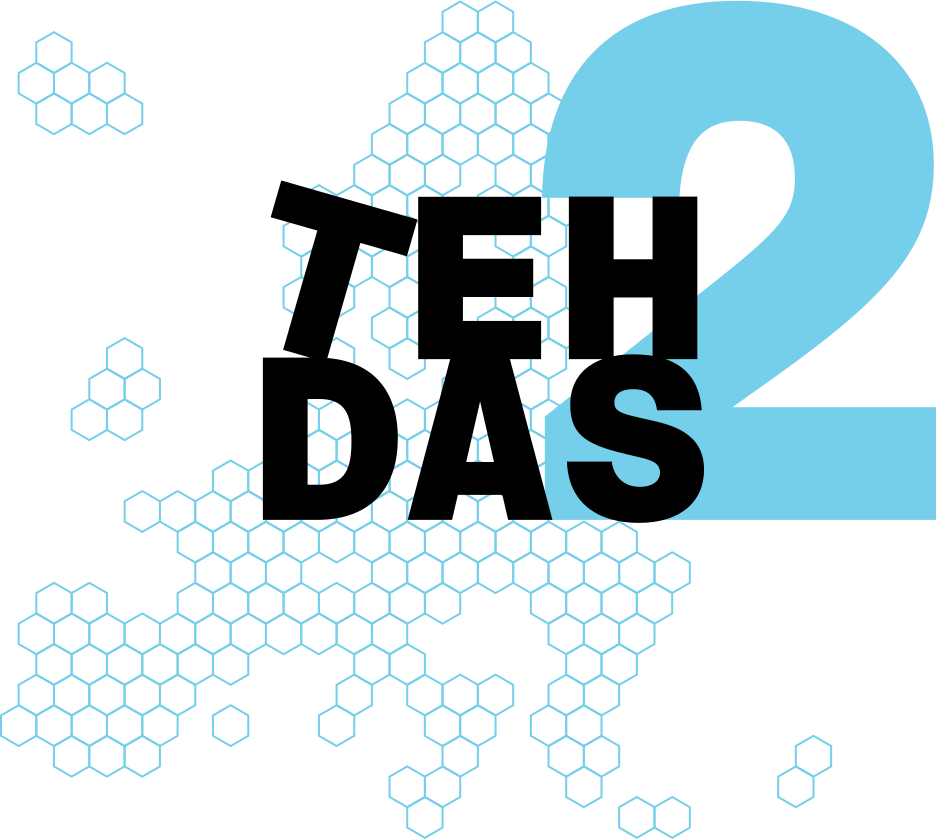“Improving metadata records within the EHDS makes health data easier to find, understand and reuse”: interview with Dr Nienke Schutte, Sciensano
Nienke Schutte, PhD, leads the Innovation in Health Information Systems unit at Sciensano. We spoke with her about the TEHDAS2 draft guideline for data holders on data description – one of the first key implementation guidelines for the European Health Data Space (EHDS) from TEHDAS2, now open for public consultation.
The draft guideline for data holders on data description introduces HealthDCAT-AP, a metadata standard for describing datasets under the EHDS. What is a metadata standard, and why is it needed within the EHDS?
A metadata standard is a set of rules and guidelines for describing a dataset to ensure consistency, interoperability and data discovery. The EHDS is part of the EU Data Strategy, aiming to create connected data spaces, including in health. HealthDCAT-AP is a health-specific metadata model. By ensuring interoperability, it simplifies health data discovery and sharing across member states.
As the title suggests, this guideline is primarily aimed at data holders. Could you clarify who is considered a data holder under the EHDS?
The definition of a health data holder is described in the EHDS regulation. A health data holder is any person, organisation or public body involved in healthcare, care services, health-related products, wellness apps or health(care) research, that has the right to process data for health care provision or for public health purposes, reimbursement, research, policy making, official statistics or patient safety. This includes, for example, hospitals, insurers, research institutes and EU institutions.
What kind of metadata requirements will the EHDS introduce for data holders, and how does this guideline help them meet those obligations?
The metadata of each dataset should include information concerning the source, scope, main characteristics and nature of the electronic health data in the dataset. Data holders can fulfil this obligation by using the HealthDCAT-AP. This guideline explains how to use HealthDCAT-AP to describe datasets.
We would like to hear from health data holders how adequate they find the HealthDCAT-AP standard for describing (their) health datasets and if they expect to face specific challenges in its implementation.
The TEHDAS2 public consultation is underway and this is one of the first guidelines that the joint action is requesting public input for. Why is it important for data holders and other stakeholders to contribute to the formulation of this guideline?
We would like to hear from health data holders how adequate they find the HealthDCAT-AP standard for describing (their) health datasets and if they expect to face specific challenges in its implementation. This will help us improve the guideline in order for it to be as clear and useful as possible.
How does improving metadata records within the EHDS support better health data access and healthcare across Europe?
Improving metadata records within the EHDS makes health data easier to find, understand and (re)use. Clear and standardised metadata supports researchers, policymakers and healthcare providers in quickly identifying relevant datasets, making data more useful and accessible for various purposes, such as improving healthcare services and promoting health, strengthening health policies and accelerating research and innovation.
The first TEHDAS2 public consultation is open until 28 February 2025. You can find the draft guideline for data holders and other documents open for feedback on the Public consultations page.
Share away!
